 You can probably think of a number of micro organisms which are perfectly harmless and live naturally in some foods, for example lactobacilli, which are used when converting milk to yogurt, and the mold in blue cheeses, which are non-toxic.
You can probably think of a number of micro organisms which are perfectly harmless and live naturally in some foods, for example lactobacilli, which are used when converting milk to yogurt, and the mold in blue cheeses, which are non-toxic.
However, there are some microorganisms which can cause food poisoning. Approximately 1 in every 10 people could suffer from symptoms such as diarrhea, which is a common symptom of food poisoning every year. It could be more than this, but many people don’t actually go to the doctor; they assume that they will recover within a short period of time and most of the time they do. However, severe food poisoning can lead to serious illness and even death!
The most serious types of food poisoning are due to bacteria and the more bacteria is present, the more likely it is that you will become ill. Given the right conditions, bacteria can multiply to more than 4 million times in just 8 hours. The best conditions for them to multiply are warm, moist conditions between 5 to 63 degrees centigrade. They cannot thrive in temperature below or above that range. Hence, the best way of reducing your risk of food poisoning is to cook and chill food properly.
Food poisoning is more likely to affect vulnerable groups who have a lower resistance to disease and illness. These groups are the elderly, the sick, babies and toddlers and pregnant women.
Common Food Poisoning-Causing Organism In Food
[table id=2 /]
Bacillus Cereus
This germ is found in soil and dust, and disease can be caused by a small number of bacteria. These bacteria form spores and are not easily killed by heat so it’s important to wash rice, vegetables, etc. thoroughly before cooking. If you cool food slowly or keep it warm before serving, these spores may germinate and produce the bacteria which cause illness. The illnesses caused by bacillus cereus are firstly a diarrhoeal illness with abdominal pains and secondly vomiting with the possibility of diarrhea. Both usually last for less than 24 hours
Campylobacter
As well as being found in raw meat, poultry and unpasteurized milk, it can also be found in untreated water. Domestic animals which have diarrhea may also be a source of infection by this germ, This germ is the most commonly identified caused of food poisoning. Cooking food thoroughly will destroy campylobacter. Should you get food poisoning from this bug, you will suffer from headaches, fever and a general feeling of being ill, followed by severe abdominal pains and diarrhea.
Clostridium Perfringens
This germ is excreted by a lot of animals and can be found in soil, manure, sewage, and in raw meat and poultry. like bacillus cereus, clostridium perfringens produces spores which are not easily killed by cooking. Foods like gravy, cooked meat, stews and pies should always be reheated until they are thoroughly hots. The symptoms of food poisoning by his germ include diarrhea, abdominal pains and nausea. This disease can be fatal for the elderly and sick.
E. Coli
E. Coli is a very widespread germ that is usually found in animal and human guts. There are a lot of different types, one of which is Verocytotoxin, which produces E. Coli O157 and has been found in under cooked and raw meat, dairy products and unpasteurized milk. Although this germ is able to survive refrigeration and freezing, it will not survive thorough cooking and pasteurization. The main symptom of E. Coli is diarrhea which can be bloody and lead to kidney failure and death in the elderly and children below the age of 6.
Listeria
Like many other germs, listeria can be found in soil, vegetation, poultry, meat, raw milk and cheese. One type of listeria can cause us to be ill and can thrive at low temperatures. Listeria will be killed if you cook food thoroughly, but if you do become ill, it may take days or even weeks for the symptoms to become apparent and they can vary from a mild flu-like illness to meningitis and septicaemia. Pregnant women are particularly at risk of listeria as it may cause abortion, miscarriage or infect the child at birth. As such, they are advised to avoid certain foods during pregnancy, namely soft mold-ripened cheeses and Pâtés.
Salmonella
Salmonella is the second most common cause of food poisoning after Campylobacter. It has been found in poultry, eggs, milk products and raw meat. Symptoms of Salmonella poisoning include nausea, diarrhea, vomiting, fever and abdominal pain. Salmonella survives in the fridge but cannot survive when cooked and usually infection only occurs when large numbers of the bacteria are present.
Staphylococcus Aureus
Staphylococcus Aureus is found in foods which have been contaminated by those with poor personal hygiene. So it’s best not to buy food from places that seem to be unclean. This germ survives in the fridge but does not multiply. The most common food associated with food poisoning from this germ are poultry and cooked meat. Symptoms can be sever and include nausea, vomiting, stomach cramps, diarrhea and excessive salivation but they usually last less than 2 days.
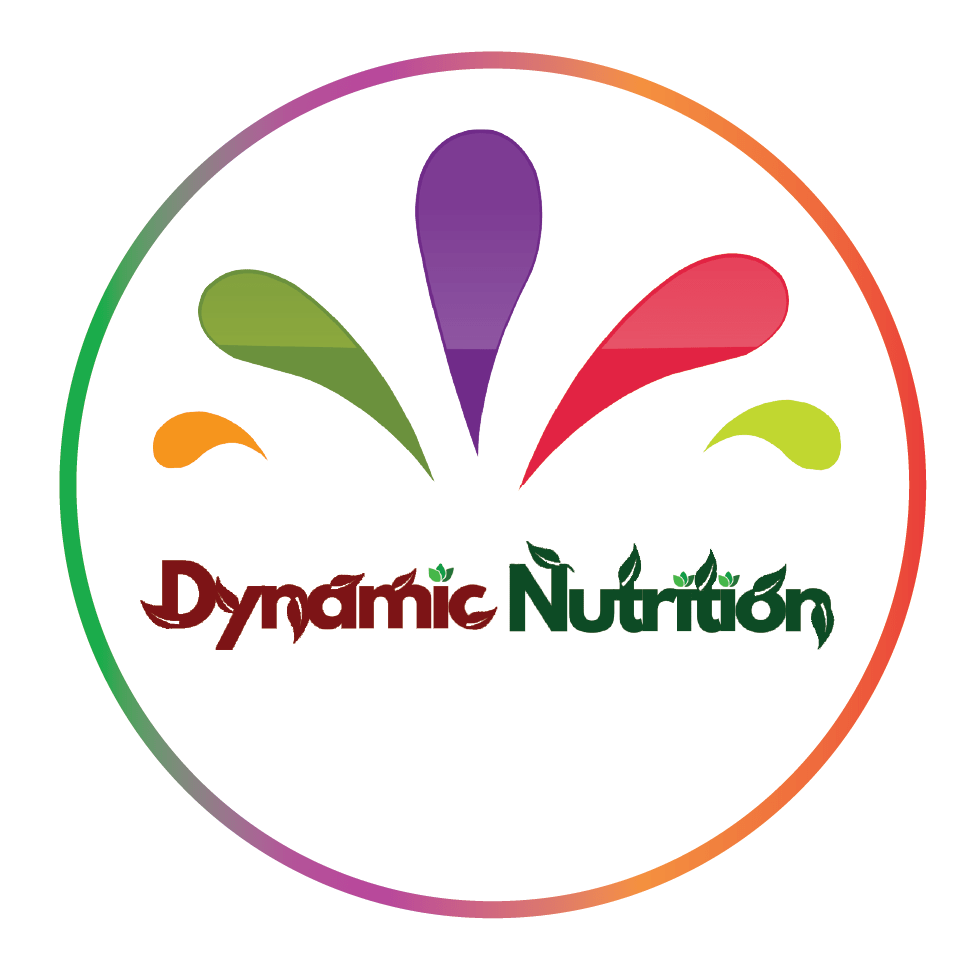
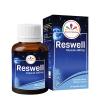
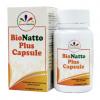
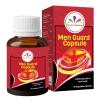
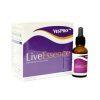
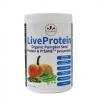


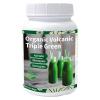
Facebook Comments